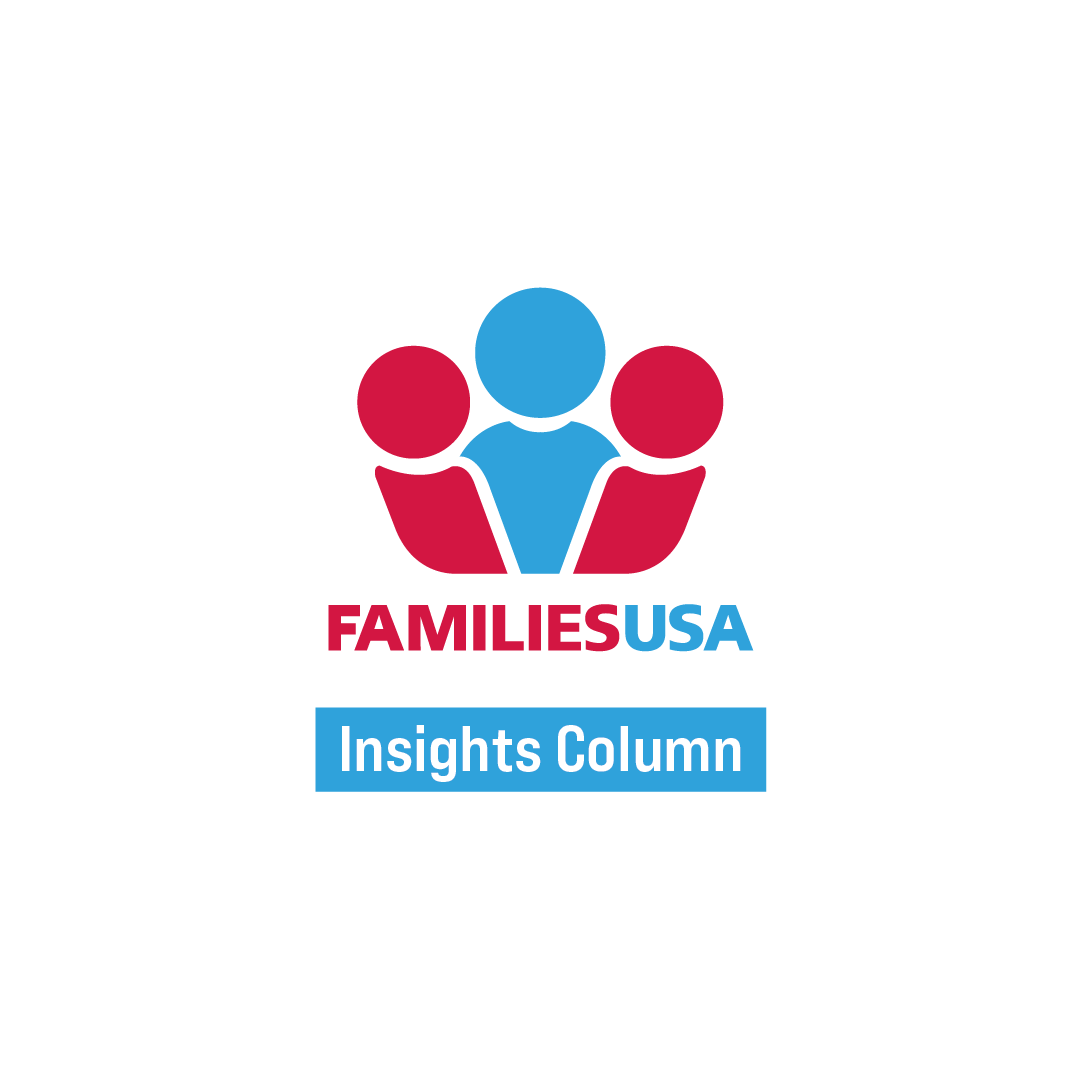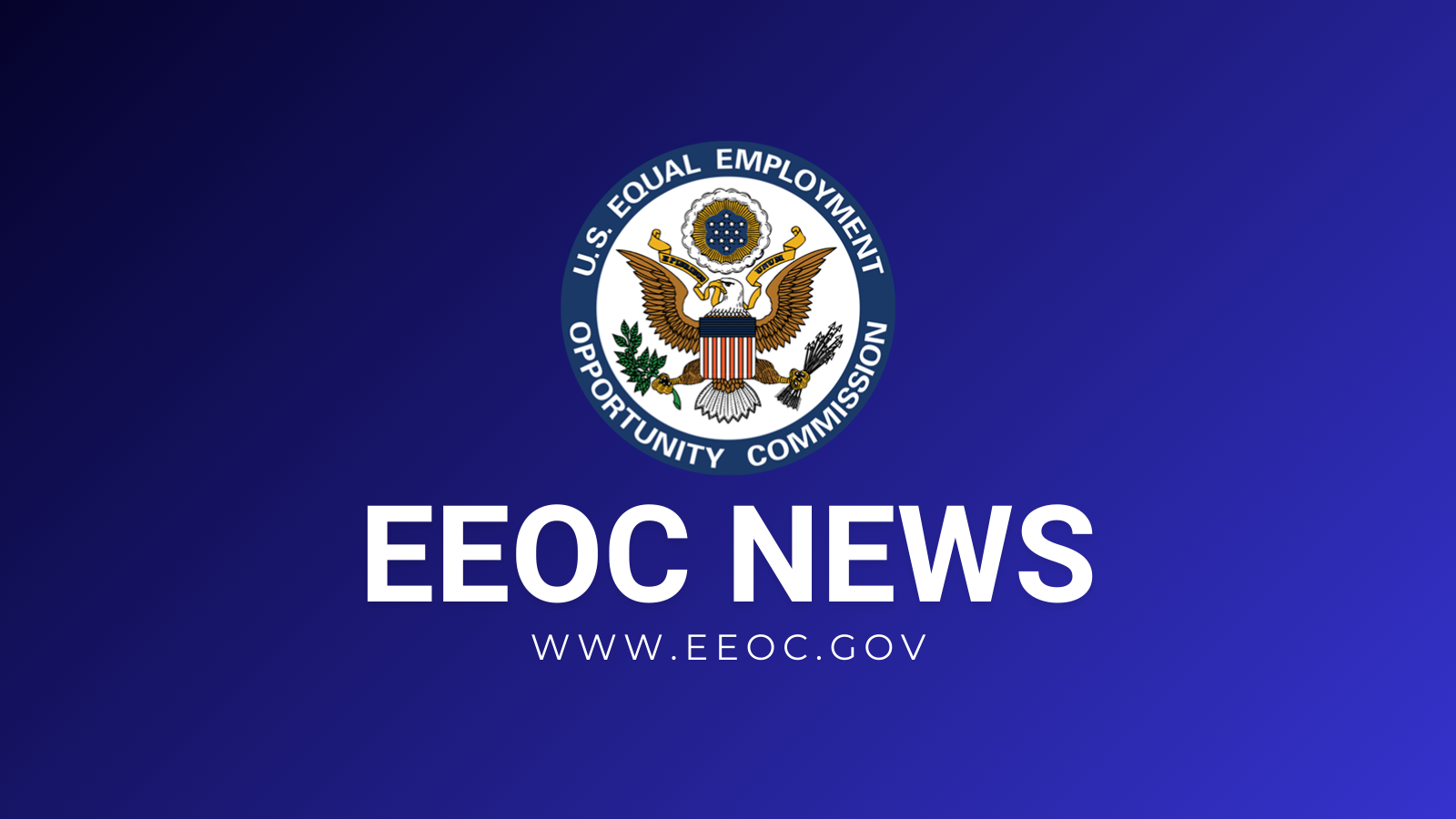Michigan wants to keep medical debt off consumer reports – MLive.com

Report on Michigan’s Legislative Efforts to Mitigate Medical Debt and Advance Sustainable Development Goals
Executive Summary
Bipartisan legislation has been introduced in the Michigan State Legislature to address the significant financial burden of medical debt on residents. The proposed bills aim to standardize hospital financial assistance, remove medical debt from consumer credit reports, and protect patients from aggressive collection practices. These legislative actions directly align with several United Nations Sustainable Development Goals (SDGs), primarily focusing on poverty reduction (SDG 1), ensuring good health and well-being (SDG 3), promoting economic stability (SDG 8), and reducing inequalities (SDG 10).
Legislative Overview and Key Provisions
The legislative package, which has advanced from the Senate Health Policy Committee, consists of several bills designed to create a more equitable healthcare financing system.
-
Senate Bills 449-451: Hospital Financial Assistance Mandate
- Requires hospitals to establish and implement a formal financial assistance program by January 1, 2027.
- Eligibility for assistance will be determined by a patient’s annual income and insurance status.
- Uninsured patients with an annual income at or below 350% of the federal poverty line will be eligible for discounts up to 100% on a sliding scale.
- Hospitals must report program data annually to the state health department.
-
The “Medical Debt Act”
- Prohibits consumer reporting agencies from including medical debt information in consumer reports.
- This action prevents medical debt from negatively impacting access to loans, housing, and employment opportunities.
-
House Bills 5254-5255: Patient Financial Protections
- Prevents hospitals with over $20 million in annual revenue from charging interest or late fees until 90 days post-invoice.
- Caps the annual interest rate on medical debt at 3%.
- Protects patients who qualify for financial assistance from punitive collection measures, including property foreclosures, liens, wage garnishment, and arrests.
Alignment with Sustainable Development Goals (SDGs)
The proposed legislation is a significant step toward achieving key SDG targets within the state of Michigan.
SDG 1: No Poverty & SDG 10: Reduced Inequalities
By directly addressing a primary cause of financial instability for nearly 700,000 residents, the bills work to prevent households from falling into poverty due to unexpected healthcare costs.
- The legislation targets the cycle of debt that disproportionately affects low-income and uninsured populations, thereby reducing economic inequality.
- Establishing a standardized, income-based assistance model ensures a more equitable distribution of financial relief, directly contributing to the goals of poverty eradication and reduced inequality.
SDG 3: Good Health and Well-being
Financial barriers often deter individuals from seeking necessary medical care, leading to poorer health outcomes. This legislative package promotes universal health access by mitigating the fear of financial hardship.
- By making healthcare more affordable, the bills encourage preventative and timely medical treatment.
- The initiative supports the SDG 3 target of achieving universal health coverage, including financial risk protection and access to quality essential healthcare services for all.
SDG 8: Decent Work and Economic Growth
Medical debt can severely damage an individual’s creditworthiness, creating significant obstacles to economic participation and stability.
- Removing medical debt from consumer reports is a critical measure that supports SDG 8 by enabling individuals to secure employment, obtain housing, and access credit for entrepreneurship.
- This fosters greater economic security for families and contributes to sustained and inclusive economic growth.
Challenges and Next Steps
The bills will proceed to the full Senate and House for further consideration. However, a potential challenge exists at the federal level.
- The Consumer Financial Protection Bureau has previously argued that state laws prohibiting medical debt on credit reports are preempted by the federal Fair Credit Reporting Act.
- The progression of this legislation will be monitored as it moves through the legislative process and in light of potential federal challenges.
Analysis of Sustainable Development Goals in the Article
1. Which SDGs are addressed or connected to the issues highlighted in the article?
-
SDG 1: No Poverty
The article directly addresses the financial hardship caused by medical costs, which can push individuals and families into poverty. It mentions that medical debt leads to “a cycle of stress and instability,” “bankruptcy,” and “foreclosure.” The proposed legislation aims to alleviate this financial burden, which is a core component of poverty reduction strategies.
-
SDG 3: Good Health and Well-being
The core issue is the financial barrier to healthcare. The article highlights that medical debt can lead to “denied care,” which directly impacts health outcomes. By making healthcare more affordable through financial assistance and reducing the stress associated with medical bills, the legislation promotes well-being and ensures that financial constraints do not prevent people from accessing necessary medical services.
-
SDG 8: Decent Work and Economic Growth
The article states that consumer reports, which can be negatively affected by medical debt, are used by “employers, landlords and insurance companies.” By prohibiting the inclusion of medical debt in these reports, the “Medical Debt Act” removes a potential barrier to employment and promotes overall “economic security” for residents, which is essential for sustainable economic growth.
-
SDG 10: Reduced Inequalities
The proposed legislation specifically targets inequality by focusing on those with lower incomes. The financial assistance program is designed for patients with an “annual income at or below 350% of the federal poverty line.” This is a direct policy intervention to reduce the disproportionate impact of healthcare costs on economically vulnerable populations, thereby reducing economic inequality.
2. What specific targets under those SDGs can be identified based on the article’s content?
-
Target 1.3: Implement nationally appropriate social protection systems and measures for all.
The proposed legislation, which includes creating hospital financial assistance programs, protecting patients from “arrests, property foreclosures, property liens and wage garnishment,” and capping interest rates, constitutes a social protection system designed to shield vulnerable residents from the financial shocks of medical expenses.
-
Target 3.8: Achieve universal health coverage, including financial risk protection and access to quality essential health-care services.
The article’s central theme is financial risk protection. The plan to offer discounts “up to 100% for services” for eligible patients and the effort to reduce the “burden of medical costs” directly align with protecting citizens from the financial consequences of ill health, a key component of universal health coverage.
-
Target 10.2: By 2030, empower and promote the social, economic and political inclusion of all, irrespective of… economic or other status.
The legislation aims to promote the economic inclusion of people with medical debt. By preventing this debt from appearing on consumer reports used by “lenders, employers, landlords,” the policy helps ensure that a person’s health status does not lead to their economic exclusion from housing, credit, or employment opportunities.
-
Target 10.4: Adopt policies, especially fiscal, wage and social protection policies, and progressively achieve greater equality.
The proposed bills are a clear example of a social protection policy. By creating a sliding scale for financial assistance based on income relative to the federal poverty line, the state is adopting a policy to progressively achieve greater financial equality in the context of healthcare access and affordability.
3. Are there any indicators mentioned or implied in the article that can be used to measure progress towards the identified targets?
-
Number of residents with medical debt
The article explicitly states that “nearly 700,000 residents are carrying medical debt.” A reduction in this number would be a direct indicator of progress towards providing financial risk protection (Target 3.8) and reducing poverty (SDG 1).
-
Income threshold for financial assistance
The article specifies that patients with an “annual income at or below 350% of the federal poverty line” would be eligible for assistance. This threshold serves as an indicator for the coverage of the social protection system (Target 1.3) and its focus on reducing inequality (Target 10.4).
-
Implementation of hospital financial assistance programs
The requirement for hospitals to “develop and implement a financial assistance program by Jan. 1, 2027” is a measurable indicator. The number of hospitals compliant with this rule would measure the implementation of this social protection policy.
-
Annual data reporting
The mandate for hospitals to begin “reporting data from its program to the state health department annually” implies the creation of a set of indicators to monitor the effectiveness and reach of the financial assistance programs, tracking progress towards the goals.
-
Incidence of negative financial consequences
The article implies that progress can be measured by a decrease in the number of medical debt-related bankruptcies, foreclosures, property liens, and wage garnishments. The legislation’s success would be reflected in a reduction of these events among qualifying patients.
4. Table of SDGs, Targets, and Indicators
| SDGs | Targets | Indicators |
|---|---|---|
| SDG 1: No Poverty | 1.3: Implement nationally appropriate social protection systems and measures for all. |
|
| SDG 3: Good Health and Well-being | 3.8: Achieve universal health coverage, including financial risk protection. |
|
| SDG 8: Decent Work and Economic Growth | 8.5: Achieve full and productive employment and decent work for all. |
|
| SDG 10: Reduced Inequalities | 10.2: Empower and promote the social, economic and political inclusion of all.
10.4: Adopt policies, especially social protection policies, and progressively achieve greater equality. |
|
Source: mlive.com
What is Your Reaction?
 Like
0
Like
0
 Dislike
0
Dislike
0
 Love
0
Love
0
 Funny
0
Funny
0
 Angry
0
Angry
0
 Sad
0
Sad
0
 Wow
0
Wow
0
















































:focal(1500,1000)/https://media.globalcitizen.org/a6/9a/a69a4720-d8a1-4715-b596-18738d03c05c/rotary_polio_hero_image.jpg?#)







/countries/sri-lanka/photo-credit---dmc-sri-lanka.tmb-1200v.jpg?sfvrsn=dc298bcc_1#)

















